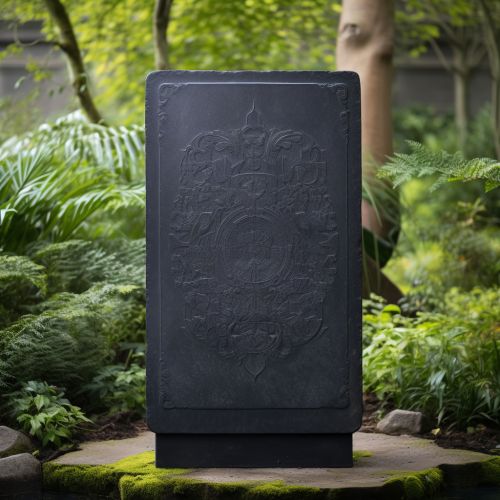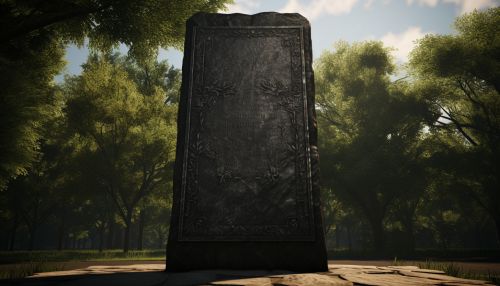Code of Hammurabi
Origins and Discovery
The Code is one of the oldest deciphered writings of significant length in the world. It was enacted by the sixth Babylonian king, Hammurabi. The code was discovered by modern archaeologists in 1901, inscribed on a seven-foot-tall diorite stele. The stele was unearthed in what is now Khuzestan, Iran (ancient Elam) at the site of Susa.


Structure and Content
The Code consists of 282 laws, with scaled punishments, adjusting "an eye for an eye, a tooth for a tooth" (lex talionis) as graded depending on social status, of slave versus free, man or woman. Nearly one-half of the Code deals with matters of contract, establishing the wages to be paid to an ox driver or a surgeon for example. Other provisions set the terms of a transaction, the liability of a builder for a house that collapses, or property that is damaged while left in the care of another. A third of the code addresses issues concerning household and family relationships such as inheritance, divorce, paternity, and reproductive behaviour.
Influence and Legacy
The Code of Hammurabi was one of the earliest and most complete written legal codes and was proclaimed by the Babylonian king Hammurabi, who reigned from 1792 to 1750 B.C. Hammurabi expanded the city-state of Babylon along the Euphrates River to unite all of southern Mesopotamia. The Hammurabi code of laws, a collection of 282 rules, established standards for commercial interactions and set fines and punishments to meet the requirements of justice. Hammurabi’s Code was carved onto a massive, finger-shaped black stone stele (pillar) that was looted by invaders and finally rediscovered in 1901.
